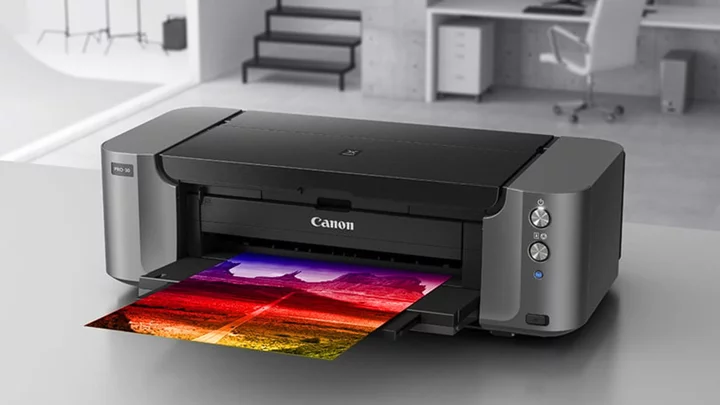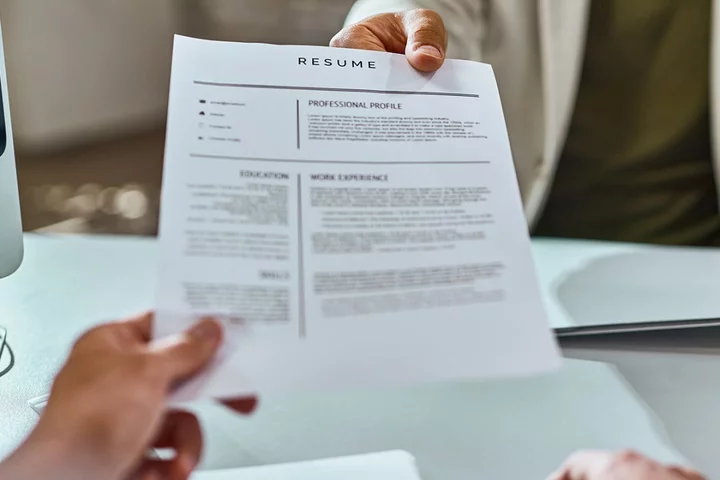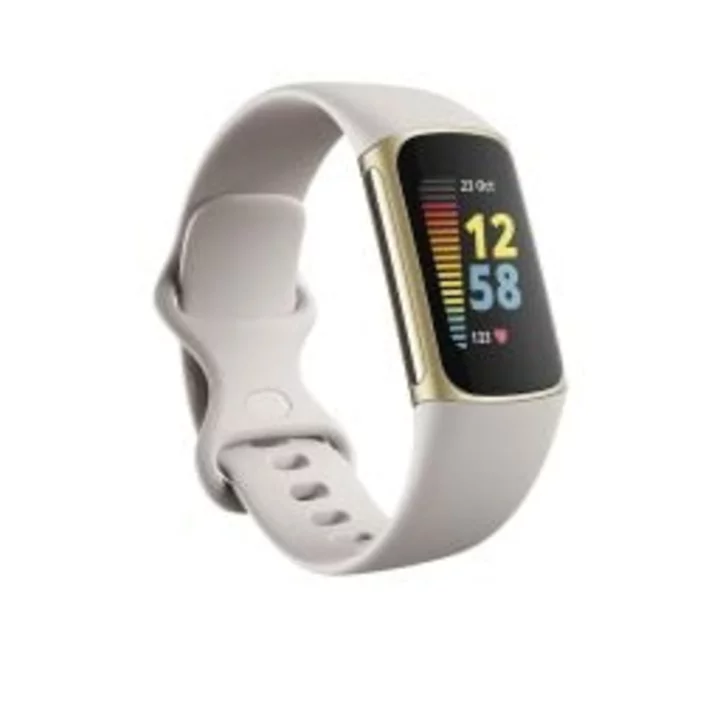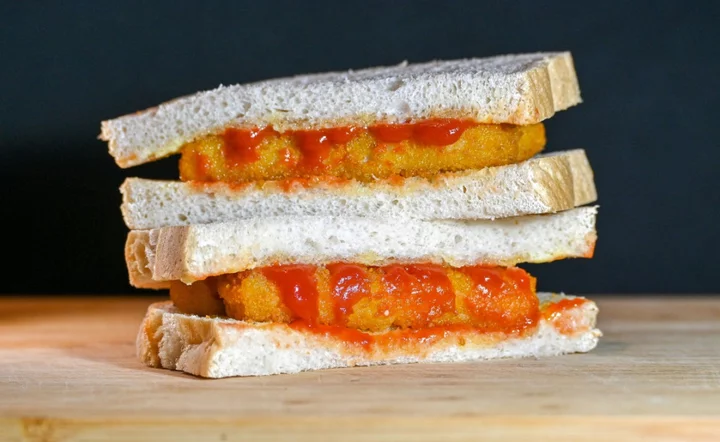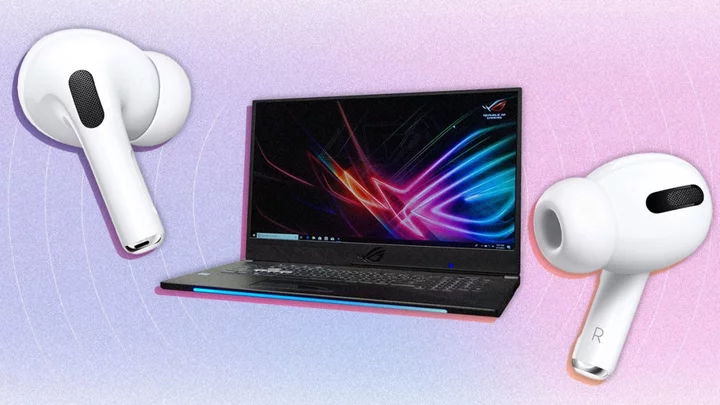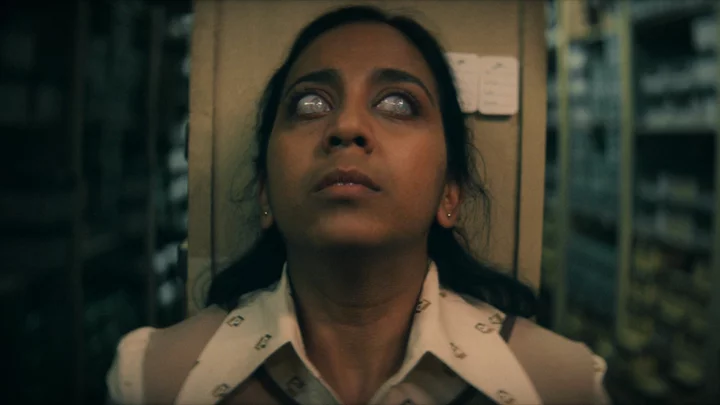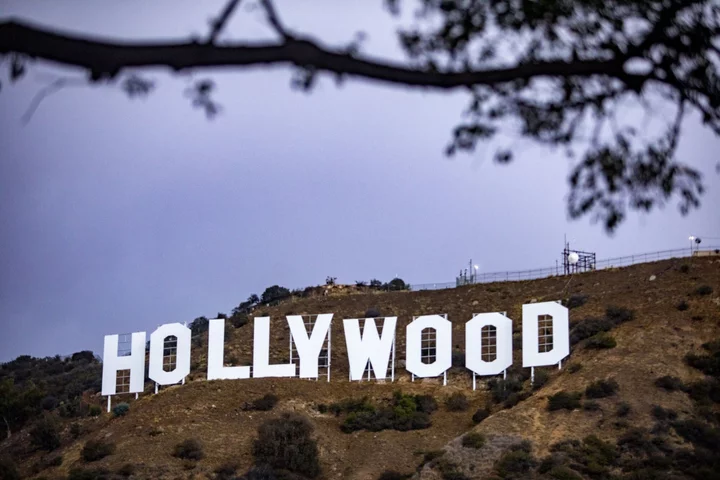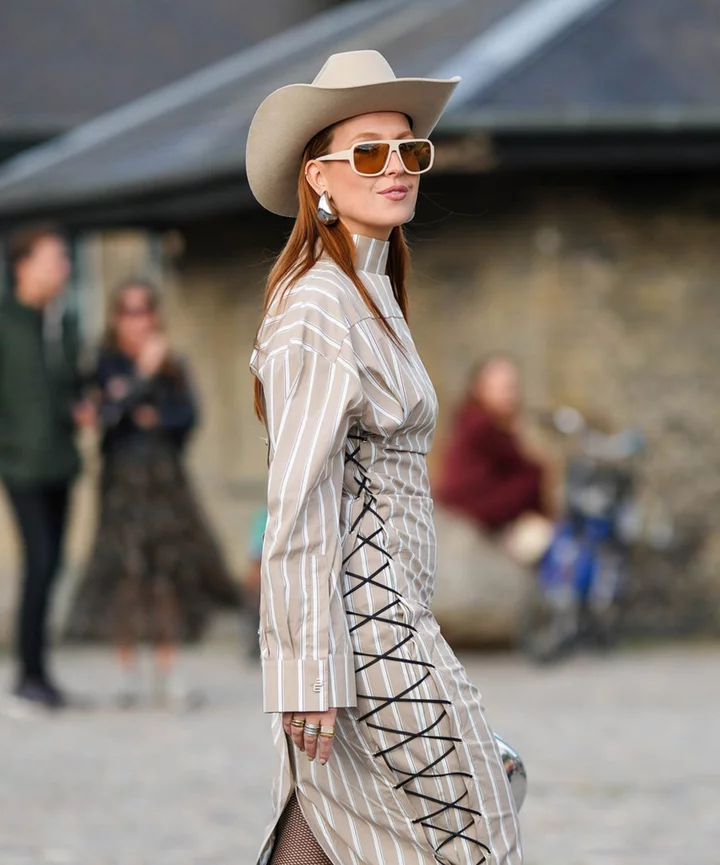Printer manufacturers aren't shy about calling their products "photo printers." Many consumer all-in-one printers (inkjet printer/copier/scanners) wear the label, even if they have no more than the four usual ink cartridge colors—cyan, magenta, yellow, and black or CMYK—instead of the five or six shades that produce better-quality prints. Some vendors even apply the term "photo printer" to inkjets with the antique two-cartridge (black and tricolor) system. And some of their output, to be fair, isn't bad, as long as you're printing on special photo paper instead of plain or copier paper.
But this article assumes you're looking for a true photo printer. For consumers, these fall into two broad categories: near-dedicated photo printers, and dedicated snapshot printers. Beyond those, some all-in-one inkjet printers take a decided photo-centric bent. We'll run through our latest tested favorites of all three kinds below, then get into how to buy a photo printer that's right for what you do.
First, let's define photo printers by the two broad extremes we mentioned up top.
As the name indicates, dedicated snapshot (also known as "small-format") printers are designed to print nothing but small and wallet-size photos. You can't print documents with them, because they don't accept letter-size paper. They're limited to snapshot sizes, usually around 2 by 3 inches, 4 by 6 inches, or 5 by 7 inches, or longer panoramic or Instagram-style square prints. Not all such printers print all these sizes; most support just one. Generally, the smaller the printer, the smaller the maximum paper size.
(Credit: HP)But this category of printer isn't defined just by its limits. These printers are small and portable. They're also much less computer-centric printers than they are standalone consumer gadgets, with an emphasis on ease of use for printing snapshots from smartphones.
By contrast, near-dedicated photo printers are aimed at serious amateur and semipro photographers. They offer professional-level output quality, can typically print at sizes up to 13 by 19 inches (sometimes, even more), and often demand a reasonable level of sophistication to get the best results.
(Credit: Epson)What both categories have in common is that they focus on printing photos, not documents, reports, or presentations. Here's what you need to consider to make the right choice.
Do You Even Need a Photo Printer?
As we said, many inkjet-based home and office all-in-one printers do print excellent photos, and even some color laser printers do a decent job with photographic images for flyers or brochures. But they're more general-use printers than the two kinds we're focused on here.
Near-dedicated photo printers and snapshot models both are made for printing photos, but that's where the similarities end between the two. By definition, near-dedicated photo printers are also capable of printing ordinary business documents, but it's a waste of their talents, like using a Lamborghini for a trip to the supermarket. You'll have to swap out paper stock or even ink cartridges when you switch from printing photos to everyday documents, only to get results that an office inkjet or laser printer could give you for a fraction of the cost.
Snapshot printers are a whole different animal. At one time, these printers often had LCD screens with menus and basic editing features that let you crop an image, remove red-eye, and so on; a few were practically home photo kiosks with touch-screen controls. Nowadays, however, snapshot printers tend to work with mobile devices like smartphones, over a wireless connection, with your phone or tablet serving as both the image source and the control screen. If you're mostly interested in printing quick, small snaps from your phone, these are more your speed.
How Much Will Your Photo Printing Cost?
With any photo printer, check the running cost and total cost of ownership if you can. Our reviews are helpful in this regard. Snapshot printers often use easy-to-replace packs or cartridges that combine enough photo paper and ink for 20 or 30 prints (those that use ink, that is; more in a minute). Unfortunately, there's no easily found or widely accepted standard for calculating the cost per print for near-dedicated photo printers, many of which can produce images of widely varying sizes or even long panoramas using rolls instead of sheets.
(Credit: Epson)To get the cost per photo for a snapshot printer, simply divide the cost of the print pack by the number of photos it produces. To get the total cost of ownership, multiply the cost per photo by the number of photos you expect to print over the device's lifetime, and then add the printer's initial cost.
Some inkjet printers, not usually photo-first models, work with automatic ink delivery or subscription services like HP's Instant Ink. These can be great deals for consumers who print a lot of photos, since they charge a flat monthly fee for a given number of prints—whether they be letter-size, borderless photos or pages of double-spaced black text. It's easy in these cases to calculate what a photo print will cost.
Do You Print in Black and White?
When shopping for a laser printer, you must consider whether you really need color printing or can make do with monochrome. Photo printers turn the question on its head, making you ask whether you want to print any black-and-white images, which many printers can't handle particularly well.
The most common flaw in monochrome image printing is a color tint, or multiple tints, that show up in different shades of gray. If you intend to print lots of black-and-white photos, you'll need to check out monochrome photo quality separately from the printer's color photo quality. This is more often a problem for dedicated rather than near-dedicated photo printers, but you should be aware of it in either case. (In our reviews, we note such tints and their severity when we encounter them, but we don't use black-and-white images to test small-format snapshot printers, most of which aren't designed to print any.)
Photo Printers: Portable Printers vs. Desk-Bound Printers
Many inexpensive snapshot printers are small enough to fit in a pocket; a few are too big to carry very often. If you want to bring a printer to a party or a Little League game, pick a size you won't mind carrying. Also, consider whether the printer can run on batteries (many do by default; some offer batteries as options). And find out how many photos you can print on a full charge.
(Credit: Canon)Most near-dedicated photo printers are larger than standard desktop-style inkjets, because they're designed for printing on cut-paper sheets as large as 11 by 17 or even 13 by 19 inches, plus banners and roll paper for some models. Beyond the size of the printer itself, some machines in this class need additional space behind them to feed large paper stock or accommodate a roll feeder.
(Credit: Epson)To print on large paper with some near-dedicated photo printers, you have to feed a single sheet from the front, which the printer then feeds all the way out of a rear slot and then prints while moving the paper forward again. If you don't have enough free space for this approach to printing, look for a printer that can handle roll paper or feed large sheets from a standard tray (or both).
Do You Need a Wired or a Wireless Photo Printer?
Some snapshot printers can print from a computer over a USB connection, but most are really meant as standalone devices for use with phones or tablets. Older models tend to come with Wi-Fi connectivity, and many can print directly from PictBridge-supporting cameras and memory cards or USB flash drives. (Make sure the printer is compatible with the memory card format you want to use.) A few print from internal memory, but you need to transfer files to the memory first, so find what connection you need to use to transfer images. Bluetooth connectivity is most common with today's "smartphone companion"-type printers.
Connectivity options for near-dedicated photo printers are much the same as for standard office models. Some offer just a single USB connector; others add an Ethernet jack for easy sharing on an office network. Most now offer Wi-Fi connectivity, as well, and a few offer all three (USB, Ethernet, and Wi-Fi). Few models at this level offer PictBridge connectors or USB flash drive ports or SD card slots, because the assumption is that serious photographers will want to tweak their images before printing from photo-editing programs on their PCs or Macs.
How to Get the Best Output Quality From Your Photo Printer
Whatever printer you're considering, be sure to check on the output quality before buying. Professional and semipro photo printers include both inkjet models—often with eight or 10 different color ink cartridges, instead of the four, five, or six in a typical inkjet—and dye-sublimation (often called dye-sub) printers that make multiple passes to create an image (laying down, say, cyan, magenta, yellow, and a clear coat).
Snapshot printers offer the same two technologies. With an inkjet, you'll typically buy your ink and paper separately, so you'll want to match the printer maker's paper recommendations. Dye-sub models combine their ink cartridges and paper into packs or cartridges designated for a fixed number of prints.
(Credit: Fujifilm)A third technology seen in small snapshot printers is zero-ink, or Zink. As you'd guess, it uses no ink cartridges; instead, special Zink paper impregnated with chemicals generates the image when heated precisely by the printer. Zink doesn't support large prints, and its output quality doesn't quite stack up to dye-sub or inkjet. It's best described as good enough for photos that will wind up in a wallet or behind a refrigerator magnet.
Snapshot printers vary in quality, but any near-dedicated photo printer should offer output suitable for a professional photographer's exhibition prints. Still, you should obviously check before buying by reading reviews or looking at print samples at a retailer. Keep in mind, too, that different people have different tastes, so choosing between two or more printers with superb but slightly different output may depend on which you like better.
The type of paper you use can make a huge difference in the quality and appearance of an image, so ask what papers are available for the printer. Most manufacturers offer an assortment of fine-art papers for near-dedicated photo printers. In many cases, you can get paper-specific color profiles so you can use the printer with third-party papers, as well.
(Credit: Canon)Finally, two other issues fall loosely under the heading of quality: ruggedness and lifetime. Don't expect much in the way of ruggedness for fine-art papers for framing, but you do need it for stacks of 4-by-6-inch snaps that you might hand out for people to look through. Photos from most printers today are reasonably waterproof and smudge- and scratch-resistant, but some fare better than others.
Claimed photo lifetimes also vary, with longer lifetimes obviously preferred. Traditional silver halide color prints last about 20 years when exposed to air; many of today's snapshot printers rate their output for a century of storage in a photo album.
Print Speeds and Quantities: Do They Matter?
Speed is a crucial measure for office printers, but print speed is almost a nonissue for these devices. Output quality matters much more, and even today's slowest photo printers offer tolerable speeds of two minutes or less for a 4-by-6-inch print in our tests. Of course, advertised or rated speeds are typically slower than real-world speeds, and (as we note in our reviews where applicable) wireless printing tends to be slower than USB or Ethernet.
Similarly, enterprises and workgroups worry about a printer's monthly and recommended duty cycles or maximum number of pages it can crank out in a given time frame. Unfortunately, manufacturers almost never rate duty cycles for snapshot and near-dedicated photo printers. About the best you can do is, if you know you'll be printing a lot of photos, shop for printers aimed at professional photographers and retail stores.
So, What Is the Best Photo Printer to Buy?
Whether you're a casual photographer or a pro, one of the photo printers below is sure to fit your needs. Whichever you choose, you're guaranteed to hold evidence of that great moment in your hand almost as soon as you capture it with a click. We've listed our favorite near-dedicated photo printers and snapshot models, as well as a few inkjet all-in-ones that do an especially good job with photos but can also serve general printing needs in a home or small office.
For a wider view of printers, check out our guide to our favorite printers overall. And for photo hounds getting started in the photo-printing world, see our guide to fixing bad photos and our collection of advanced photo tips.

